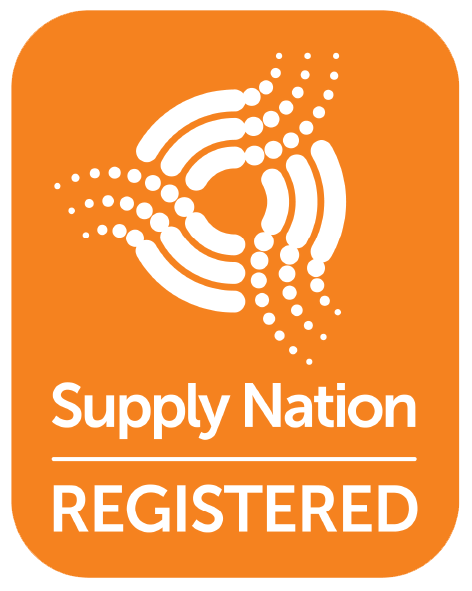First, two examples –
1) For a Short Time is one of favourite songs on one of my favourite albums (Lethal by the Kilo) performed by one of my favourite bands (The Tiddas). They disbanded a few years ago and I’m so lucky that I have copies of all their albums. But. If you don’t already have a copy of their albums, there’s a really good chance that the only versions you’ll ever have access to are pirated copies (like the one in the YouTube clip above). I’m constantly wanting to tell Australian teachers how For a Short Time (and many other songs from their albums) is a fantastic stimulus text to discover Indigenous history and society. But I have nowhere to send teachers to buy a copy of it.
2) Earlier this year I wanted to use a poem by a Murri poet on the Critical Classroom blog. But he had passed away and I was unable to find any details for his estate. I would have paid for the privilege of using his poem, but I couldn’t pay because I was unable to find out who to pay.
Artists – stop locking up your content!
If you’re an artist or any other kind of content creator, you have a responsibility (?) to make your content available after you have created it, and/or after you have ceased creating altogether. If you have a dealer or an agent, they will often take care of this part of your business for you. If you don’t (and most content creators don’t) then you need to look after this yourself. It doesn’t have to be hard.
Remember, small publishers like me want to do the right thing – we want to pay for your content, we want to send our audiences your way – but too many independent artists make it too difficult.
Here are initial things you can do us a favour:
- Create a simple website for visitors. This is your homebase that people can go to to find out information about you and where they can get in contact with you. It doesn’t have to be flashy or glitzy, it just has to have accurate content.
- Create a form that people can fill in. Call the form “Reproduction rights”. Have someone you trust monitor it. Use the form to manage people’s requests to use your content and so you can keep track of where it’s going. (AIATSIS have a form and guidelines about how to use copyrighted material)
- Create a price list. A lot of publishers will have a set amount that they can pay for your artwork (most are on very tight budgets). Make the price is affordable for people to use, especially people like me, who are emerging publishers, who are passionate about your work and who want to share it with the world in the long term.
- Make sure you leave the details of your website and your content with your will. In your will, discuss how you want your content to be used or not used.
- Document your work, label it clearly and upload it to your blog/site. I would love to be able to send some of my audiences to posts that feature the work of individual visual artists’ exhibitions. But guess what? I won’t be sending them to your website if the post doesn’t have decent images, the images aren’t labelled, and there is no discussion about what the exhibition was about, or when/where it was. Perhaps also include links to reviews/essays about your work.
- Become a member of the Copyright Agency Limited. You’ll love getting an annual cheque from them.
- Consider making some of your works available under Creative Commons. You’re still the copyright holder of the work, but under different licenses you can make your work sharable and affordable to publishers. Hazel Dooney is an excellent example of an independent artists who using Creative Commons effectively in the past.
- Remember that speech/presentation you gave at that conference that time? Yes? Publish it in a post on your website. Publishers love to be able to link to your texts and what you say about your work.
I read yesterday about Foxtel’s new deal with HBO for ‘express access’ to television shows. One of the reasons for the deal was to combat piracy. It’s hoped that if Australian audiences don’t have to wait sometimes up to two years to get American programmes, then we’ll be less likely to pirate them.
Well guess what, Aussie artist, if you make your content sharable legally, there’s a good chance that you could also limit the amount of people sharing your content without your permission, and there’s also a chance you can increase overall interest in your work.
Do us all a favour, stop locking up your content.
